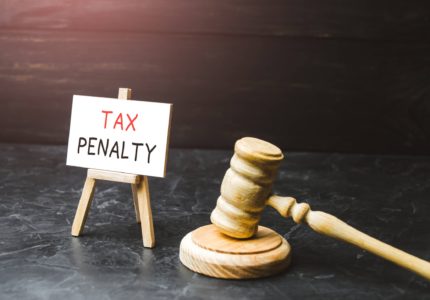Currently Not Collectible
If you’re struggling to make ends meet and can’t pay the IRS, you may be able to get relief by being placed in a Currently Not Collectible status.
Less Than 2 Minutes Could Save You Thousands.
What is Currently Not Collectible?
Each year, millions of taxpayers owe money to the IRS. Although most can pay their tax debt in full, make payment arrangements, or settle their tax debt for less, some do not have the financial means to do so. When this happens, the IRS may consider the taxpayer Currently Not Collectible (CNC).
If you are placed in a CNC status, the IRS will cease collection actions against you and you will not be required to make any payments until your financial situation improves. Although this does not reduce or remove your tax debt, it will give you the breathing room needed to get back on your feet.
How Do You Qualify for CNC Status?
To qualify for CNC status, you must prove to the IRS that you are experiencing severe financial hardship. To determine your eligibility, the IRS will look at your wages, assets, and other income. They will also calculate your monthly living expenses, such as food, housing, and medical expenses. If your disposable income (income minus expenses) is too small to make payments ($25 or less) or would create an undue hardship, the IRS may consider your account non-collectible.
Before you can apply for CNC status, all required tax returns must be filed, even if you can’t pay your back taxes. It’s also important to complete Form 433-A, Collection Information Statement for Wage Earners and Self-Employed Individuals, or Form 433-F, Collection Information Statement.
You can request consideration for CNC status by calling the IRS directly, but we recommend working with an experienced tax professional. A tax specialist can review your financial situation and determine if you qualify for CNC status or other tax relief programs. They will also represent you during the process, taking the stress off your shoulders.


